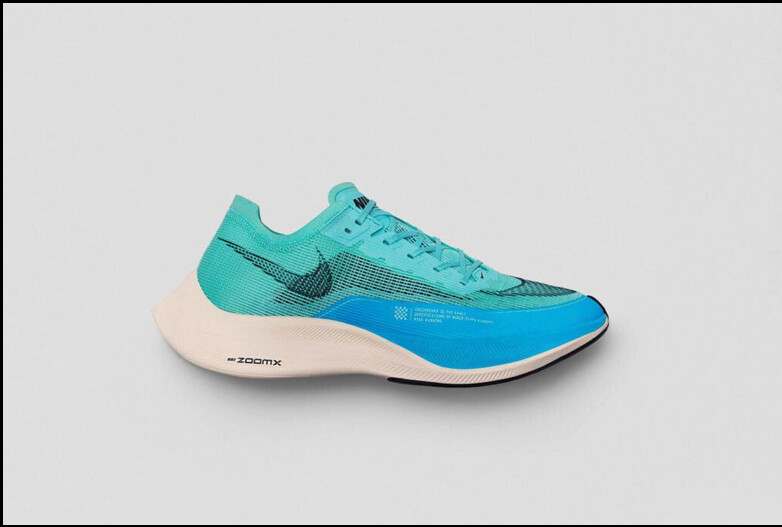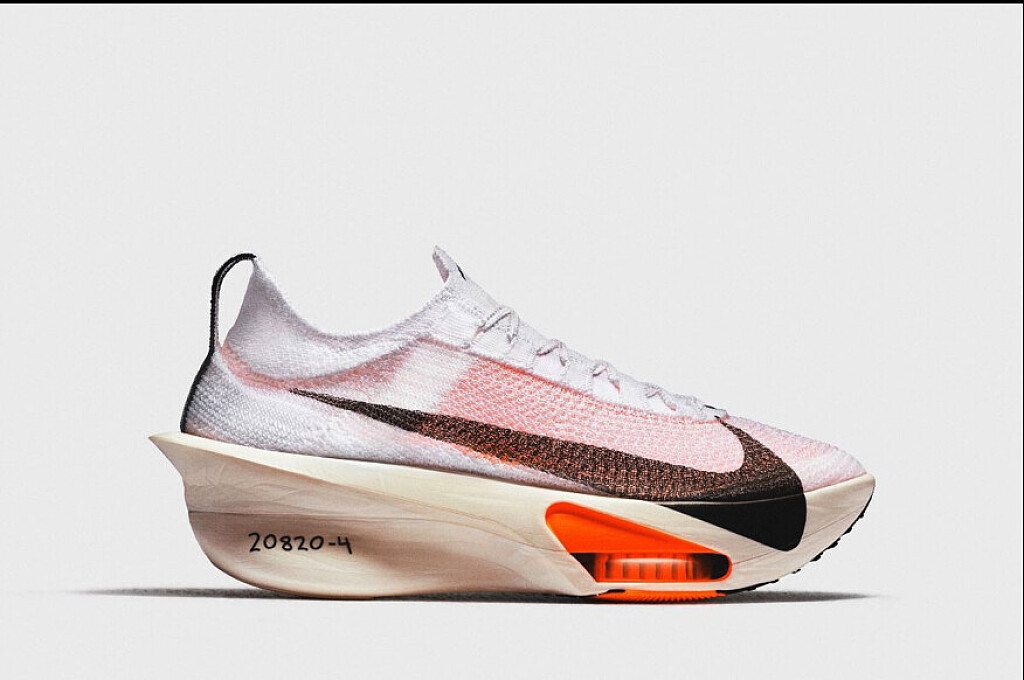Running News Daily
Running News Daily is edited by Bob Anderson. Send your news items to bob@mybestruns.com Advertising opportunities available. Train the Kenyan Way at KATA Kenya and Portugal owned and operated by Bob Anderson. Be sure to catch our movie A Long Run the movie KATA Running Camps and KATA Potato Farms - 31 now open in Kenya! https://kata.ke/
Index to Daily Posts · Sign Up For Updates · Run The World Feed
How long do super shoes last?
Super shoes are making headlines with every race. You know the ones—the feather-light, high-tech racing shoes with carbon fibre plates and cushy, energy-returning foam. Nike’s Vaporfly series, for example, has been rocking the running world since its debut. But how long do these super shoes last before they lose their magic? Here’s what the latest study, published in The Scandinavian Journal of Medicine & Sports Science, has to say about it.
What makes super shoes so special?
The term “super” isn’t just marketing hype—these shoes have some serious tech under the hood (or rather, underfoot). But like any superhero, even super shoes have their kryptonite. The big question is, when do they start losing their powers?

What happens in the long run?
Researchers out of the University of Castilla-LaMancha in Toledo, Spain, in partnership with the kinesiology department at the University of Michigan, put two types of midsoles to the test: peba (the super bouncy stuff) and EVA (a more traditional foam), both types of shoes containing fibre plates and weighing approximately the same. They had 22 male runners lace up with both new and worn versions of these shoes and hit the treadmill for some serious mileage. Here’s what they found:
Peba midsole: When fresh out of the box, this material was the clear winner, giving runners a nearly two per cent boost in running economy. But after 450 km, the magic started to fade. The worn peba shoes showed a 2.28 per cent decline in running economy, which means more energy is needed to run at the same speed. If you’re planning to squeeze every last drop of performance out of these shoes, you might want to think twice before using them past their prime.
EVA midsole: While EVA didn’t give the same initial boost as peba, it held up like a champ over 450 km. No significant changes in running economy were noted, meaning your EVA shoes are more like a trusty sidekick—maybe not as flashy, but dependable over the long haul.
The takeaway
If you’re eyeing those super shoes for your next big race, know that they have a shelf life. The peba-based models will give you a noticeable edge when they’re new, but after 450 km, you might not get the same pep in your step. On the other hand, EVA midsoles might not give you the same initial wow factor, but they’re more durable over the long run.
If you’re planning to invest in a pair of super shoes, think about when and where you’ll use them. Want to crush a PB? Save those peba beauties for race day. Need something for everyday training? EVA might be your best bet. Just like your favourite energy gel, these high-tech shoes have an expiration date—so use them wisely.
by Running Magazine
Login to leave a comment




